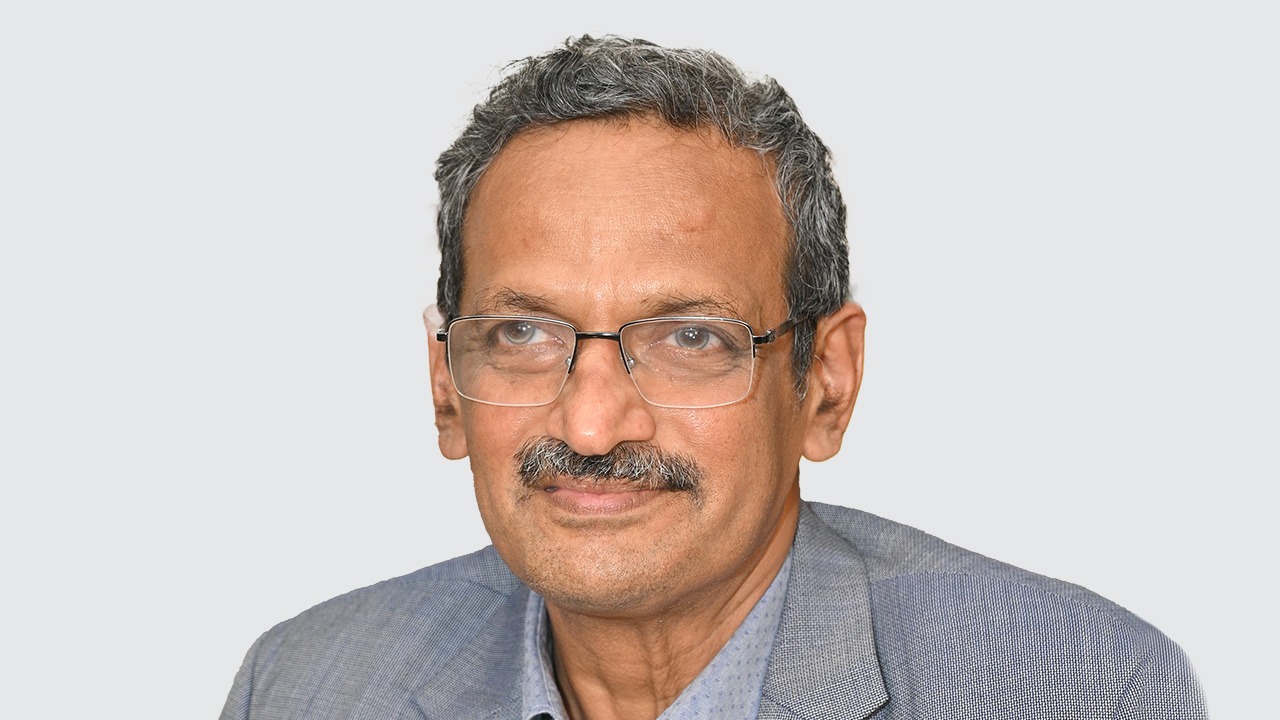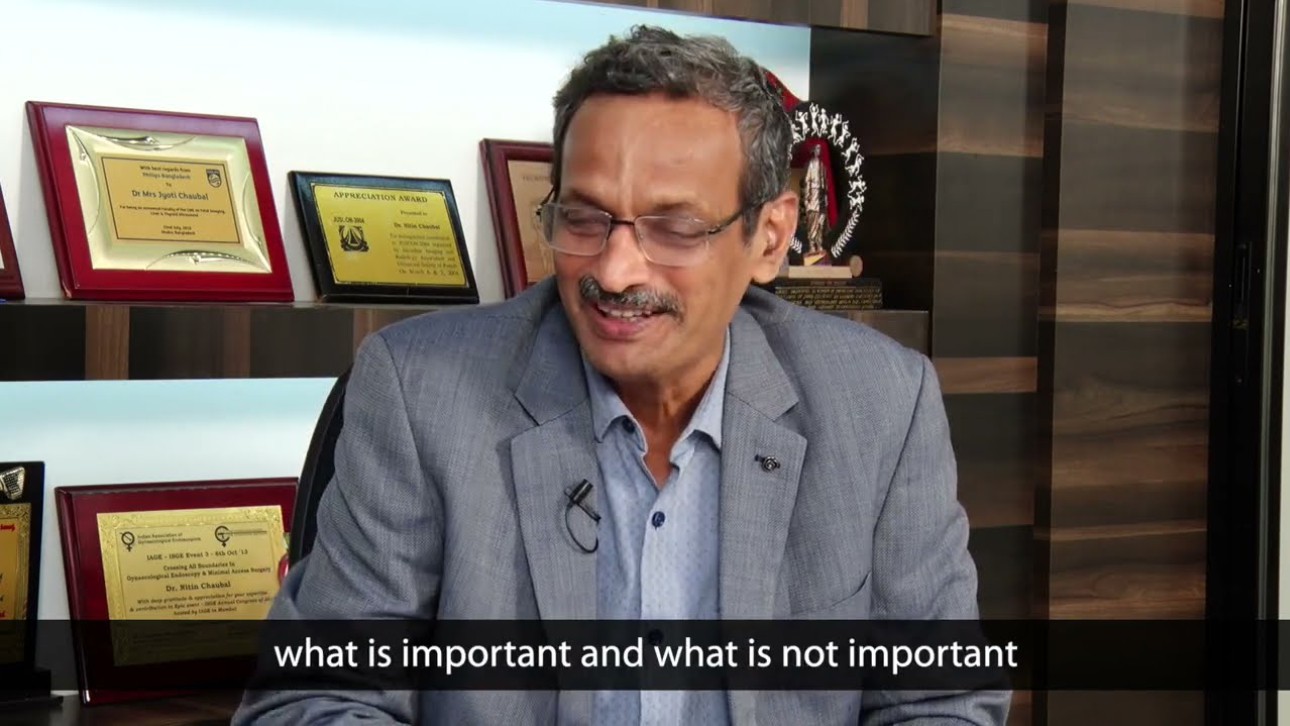Dr. Nitin Chaubal
Director – Thane Ultrasound Center
Renowned in the realm of Ultrasound Imaging, Dr. Nitin Chaubal has been a driving force behind breakthroughs in Ultrasound technologies, particularly in the domains of Contrast and Shearwave Elastography. From his early days as a lecturer at Sion Hospital in Mumbai, to his current role as the Director of the Thane Ultrasound Centre, Dr. Chaubal has played a pivotal role in shaping the future of radiology. In this exclusive interview, he shares insights into the developments in Ultrasound, its pivotal role in diagnostics and his perspective on the inauguration of the groundbreaking Resona I9 ultrasound system, empowered by Mindray’s revolutionary ZONE Sonography Technology at his center.
Evolution in Ultrasound Technology
Mindray: What significant improvements have happened in the field of Ultrasound technology in the recent decade?
Dr. Chaubal: The most significant development lies in the improvement of grayscale or essential resolution, revolutionizing diagnostics. In certain areas, Ultrasound excels in resolution, surpassing even CT or MRI. This enhanced resolution, especially in detecting minute defects in fetal organs or small nodules in organs like the liver and kidney, has been transformative. Additionally, advancements in Color Doppler and slow flow techniques, along with microvascular imaging, have expanded the functional aspects of Ultrasound. Exciting progress is also witnessed in Elastography and fat quantification.
Clinical judgment is crucial in navigating the abundance of information generated by high-resolution machines, ensuring a balance between significance and abundance.
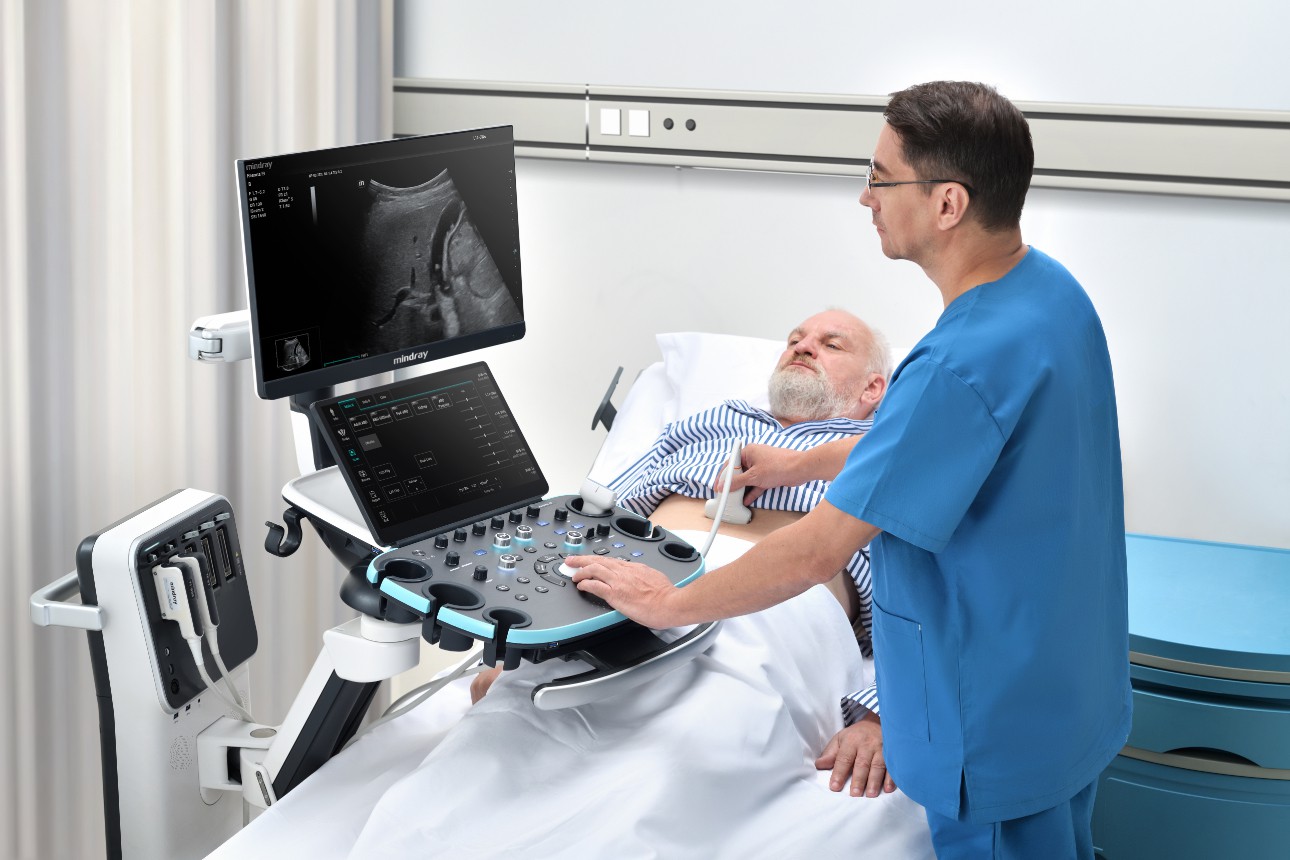
Mindray: Tell us about the most revolutionizing technology emerging in the field of Ultrasound?
Dr. Chaubal: Beyond resolution, changes in color flow imaging have been notable. Looking ahead, the widespread availability and proper use of contrast media are critical. While these technologies are prevalent in Europe, Korea, and Japan, there's a need for more widespread adoption in India. We anticipate the maturation of Elastography and fat quantification in the coming decades, significantly contributing to the prevention of liver diseases. The applications of Elastography are expected to expand from the liver to other areas like the musculoskeletal system and endo-cavity probes, marking a broader utilization of this technology.
The Impact of AI and Machine Learning
Mindray: With the advent of AI and machine learning, how do you think it will impact diagnosis?
Dr. Chaubal: AI has already made an impact, with most machines incorporating AI capabilities. Automation settings simplify tasks, but Ultrasound remains heavily skill-dependent. AI can't replace the skill and judgment required for Ultrasound. Unlike X-rays or CT scans, Ultrasound demands a high level of skill, and while AI serves as a valuable complementary tool, it cannot replace the expertise needed for accurate interpretation.
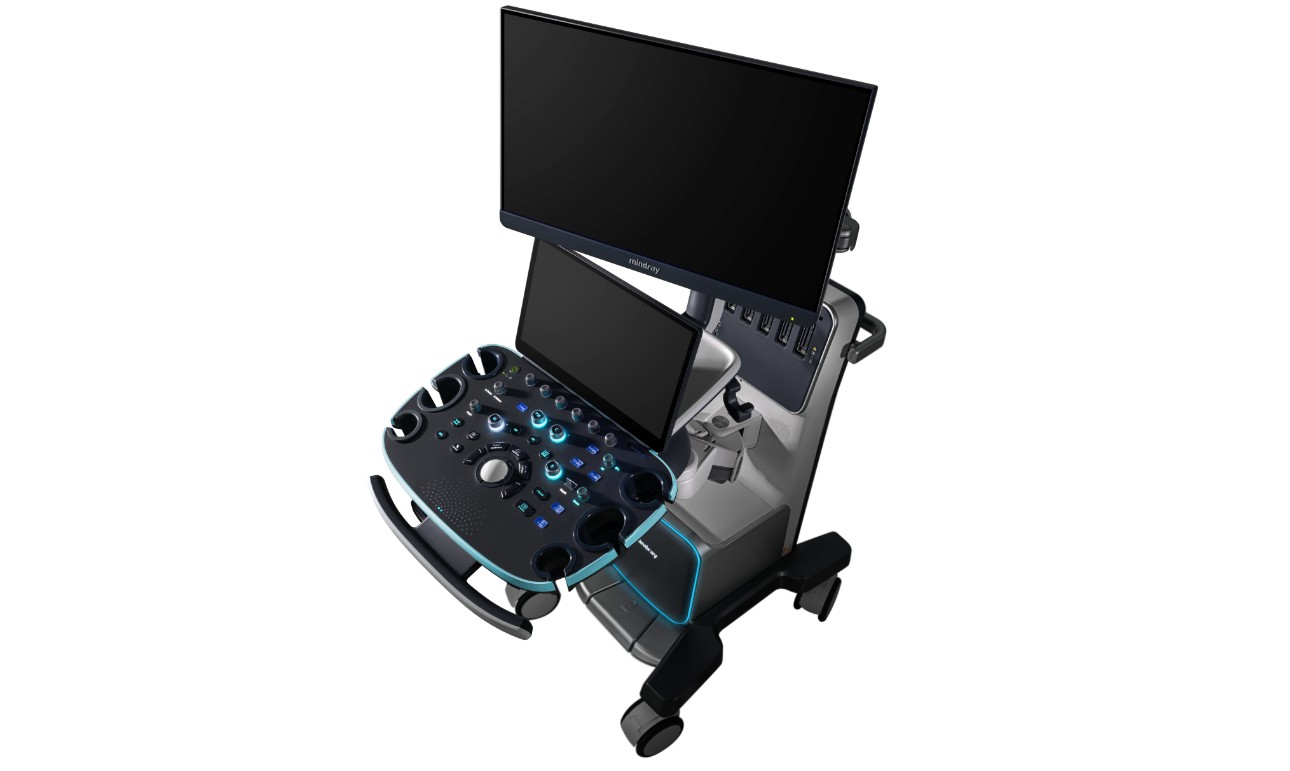
Mindray: What part of MR can also be used by Ultrasound?
Dr. Chaubal: Musculoskeletal ultrasound is an area where MRI and Ultrasound complement each other. While MRI may excel in certain fields, in India, Ultrasound remains the primary modality for a wide range of screenings, from newborns to pregnancies. It also excels in interventions, providing real-time guidance for procedures like biopsies. The control and confidence Ultrasound offers, especially in diagnosis and intervention, make it irreplaceable.
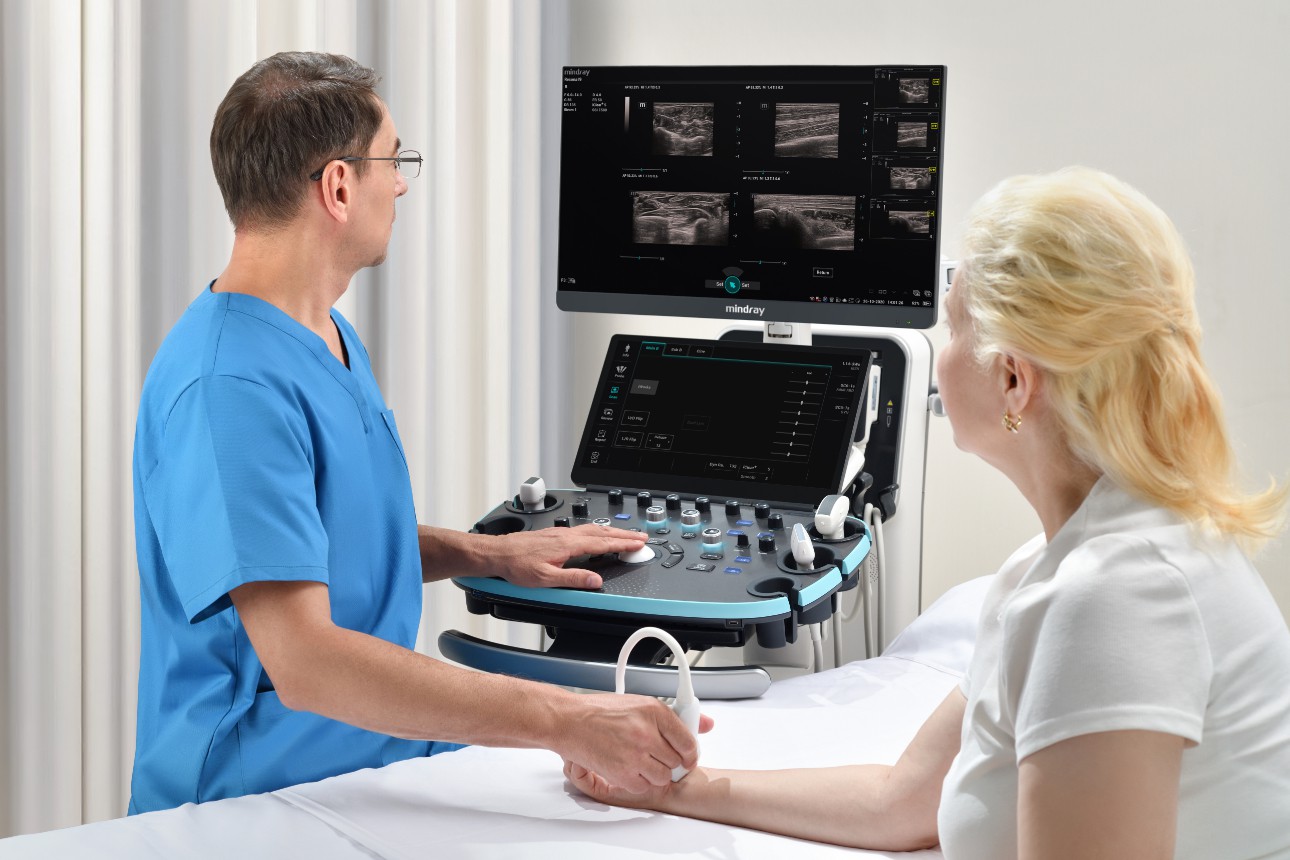
Nurturing Ultrasound in India
Mindray: Ultrasound is an established diagnostic method for clinical investigation in many parts of the world. As an expert in this field, how do you think we take it forward in the Indian context?
Dr. Chaubal: Training is paramount when it comes to utilizing technology, especially in obstetric scanning. Acquiring a machine is not enough, using it properly is key. Young professionals must stay updated and employ technology judiciously to benefit the country. Collaborative efforts with industry stakeholders, facilitated by mutual trust, play a vital role in pushing Ultrasound technologies to new dimensions.
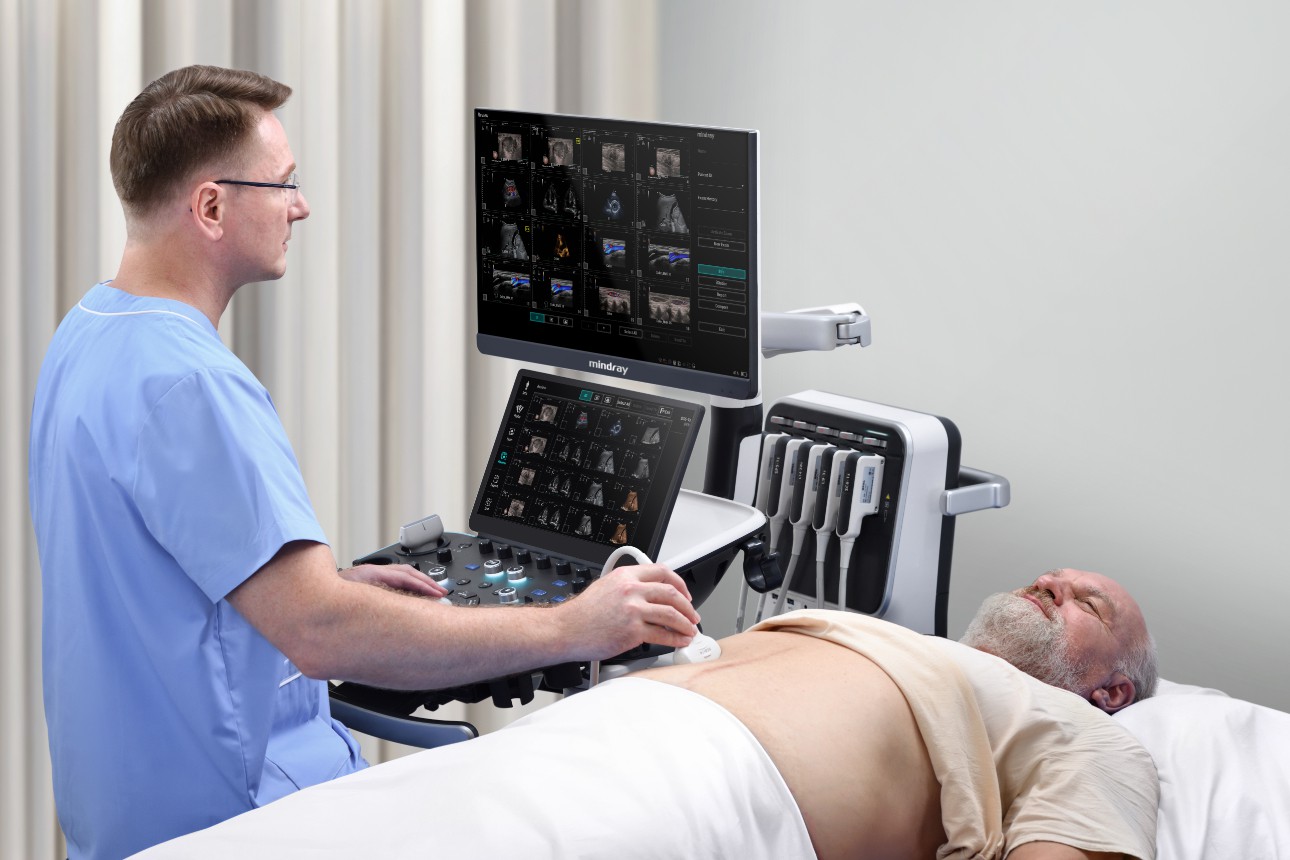
Mindray: What is your opinion about Mindray as a trusted partner for a healthier Bharat?
Dr. Chaubal: Mindray India has been a known entity for years, and our relationship has grown closer recently. I appreciate Mindray's efforts in spreading knowledge, such as the association with IRIA in preventive medicine. The Resona I9 system, with its advanced capabilities and AI-enhanced technology, installed at Thane Ultrasound Center, showcases innovative strides. I anticipate our association with Mindray will only strengthen over time due to their commitment to pioneering technologies, ensuring consistency for end users.
Endnotes
In conclusion, Dr. Nitin Chaubal's insights have illuminated the transformative journey of Ultrasound technology, emphasizing its pivotal role in diagnostics and interventions. The continual advancements, particularly in resolution, color flow imaging and the promise of evolving technologies like Elastography, underscore the dynamic nature of this field. As we look towards the future, the synergy between human expertise and technological innovation, with the Resona I9 system as a prime example, propels the narrative of Ultrasound as the primary imaging modality in India. Mindray's commitment to advancing healthcare, evident in their collaborative efforts and cutting-edge technologies, signals a promising trajectory for a healthier Bharat. The landscape of ultrasound imaging is not merely evolving, it is flourishing and guided by the hands of skilled professionals and propelled by innovative partnerships.

